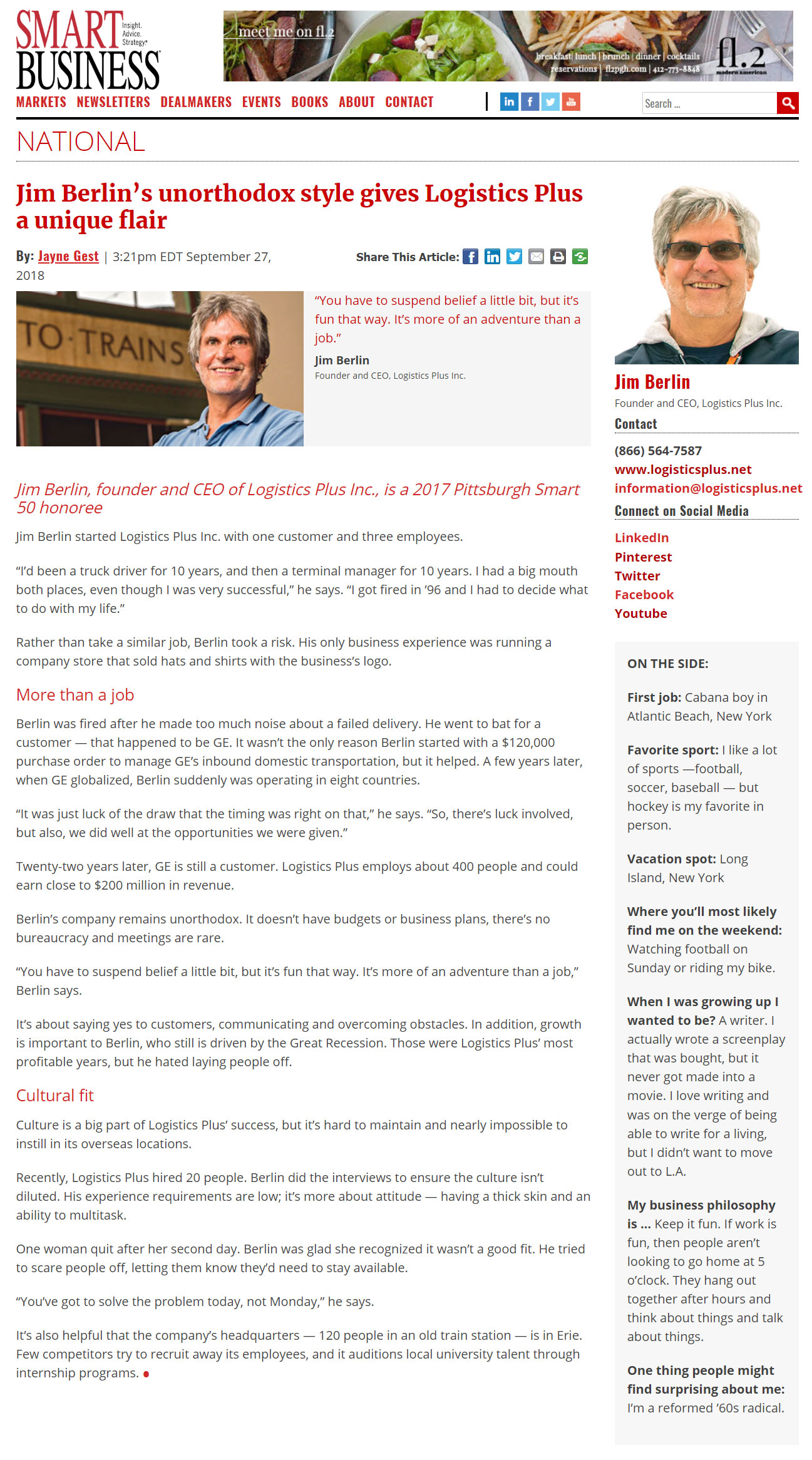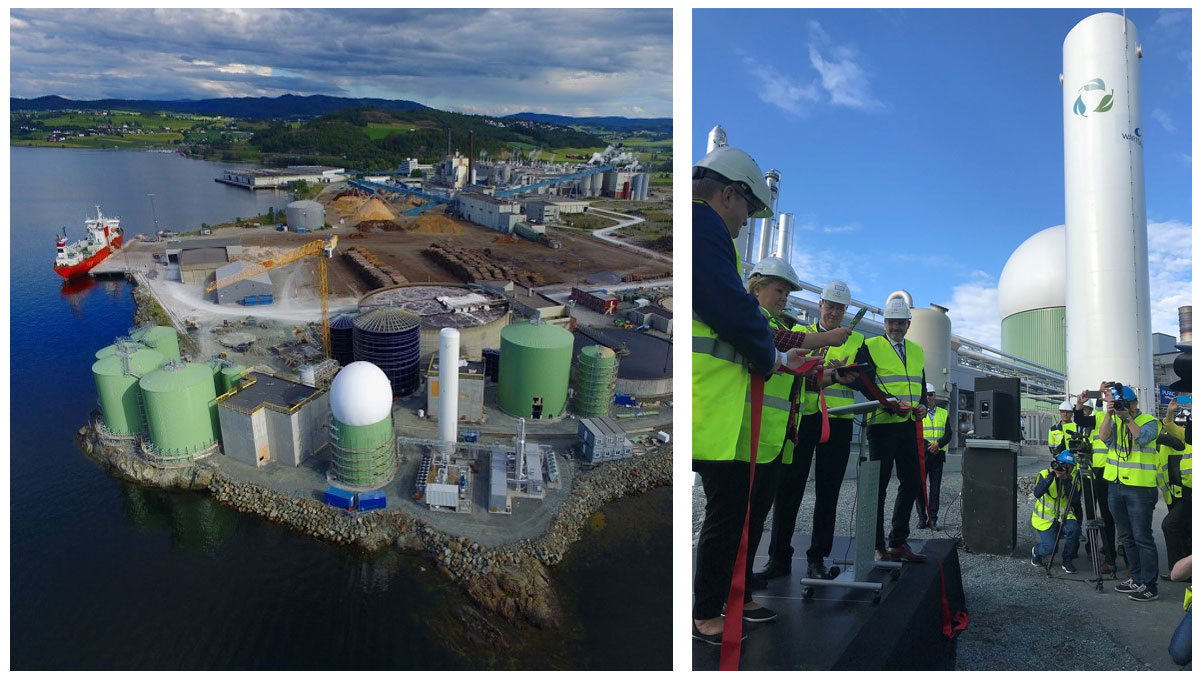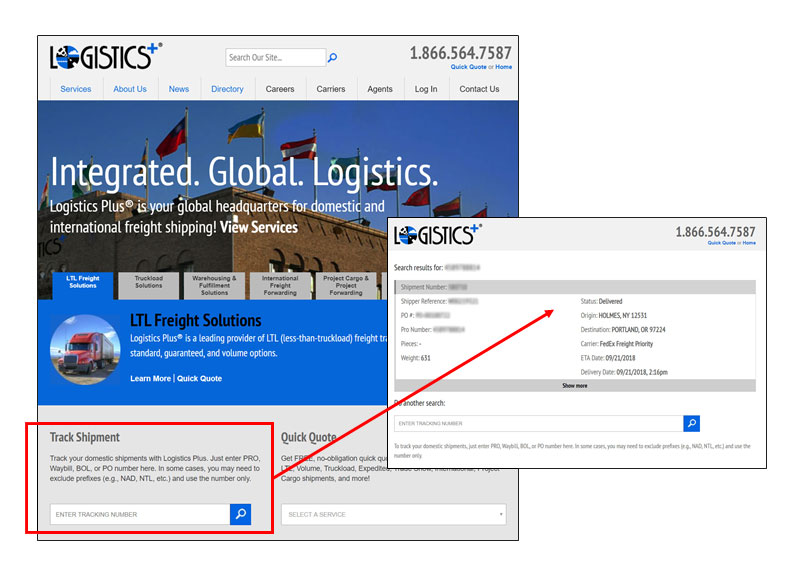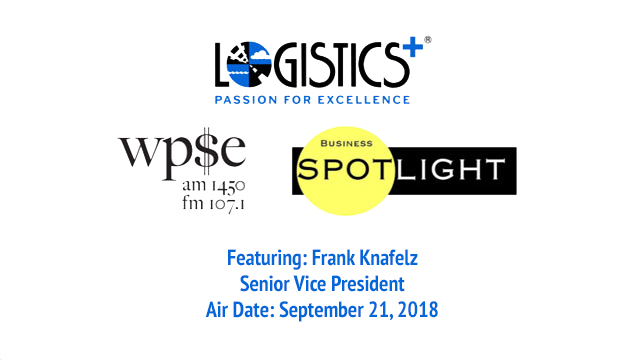
by logisticsplus | Sep 30, 2018 | News
Jim Berlin is being featured in the October 2018 issue of Smart Business magazine. The article, by Jayne Gest, also appears online on the publication’s website at http://www.sbnonline.com/article/jim-berlins-unorthodox-style-gives-logistics-plus-a-unique-flair/. A digital image of the article also appears below.
Jim was named to the Smart Business: Pittsburgh “Smart 50” List one year ago, and he was honored at the Smart 50 banquet at The Fairmont Pittsburgh in November of last year.


by logisticsplus | Sep 28, 2018 | News
As a certified Great Place to Work®, we have some of the best employees in the industry. One of those employees is Frederik Geirnaert, a Global Project Manager who works out of the Logistics Plus Belgium office.
This video interview is part of our “Employee Spotlight” services showcasing many of our diverse employees from around the world. We hope you enjoy getting to know a little more about us and the “people who power the plus” at Logistics Plus.
A special thanks to Frederik for his participation in this phone interview. Stay tuned in the coming weeks to learn more about the employees at Logistics Plus.

by logisticsplus | Sep 27, 2018 | News
 A member of the Logistics Plus (LP) team recently appeared on the Marketplace Radio podcast from Marketplace.org. Gretchen Blough, licensed customs broker and brokerage manager for Logistics Plus Customs Broker Solutions, was interviewed regarding her “front-row seat to the current international trade drama.” A link to a replay of the podcast is available below. Gretchen’s full portion of the interview can be found here.
A member of the Logistics Plus (LP) team recently appeared on the Marketplace Radio podcast from Marketplace.org. Gretchen Blough, licensed customs broker and brokerage manager for Logistics Plus Customs Broker Solutions, was interviewed regarding her “front-row seat to the current international trade drama.” A link to a replay of the podcast is available below. Gretchen’s full portion of the interview can be found here.
Marketplace® is on a mission to raise the economic intelligence of the country. Its core programs — Marketplace, Marketplace Morning Report®, Marketplace Weekend® and Marketplace Tech® — are broadcast on more than 800 public radio stations nationwide and heard by 14.6 million listeners every week.

by logisticsplus | Sep 24, 2018 | News
As recently reported by NVG Global News, the world’s largest bioLNG plant, featuring Puregas Solutions technology, has been officially opened by Norwegian Prime Minister, Erna Solberg. The biogas upgrading and liquefaction plant was installed at the Norske Skog Skogn paper mill. The plant will convert the cleaned biogas from fishery waste and residual paper mill slurry into liquid bioLNG fuel. You can more about the plant at: http://www.ngvglobal.com/blog/huge-biolng-plant-produces-rng-for-norwegian-public-transport-0903
What’s noteworthy about this opening is that Logistics Plus delivered the largest and heaviest single component late last year – a 24.2m X 5.70m X 6.00m 105-ton cryogenic gas tank on behalf of our customer Wärtsilä Gas Solutions! How cool is that (It’s the slender vertical tank shown in the picture below). Also included below is an encore video from the LP Project Cargo Team showcasing the move.


by logisticsplus | Sep 23, 2018 | News
As an additional convenience, Logistics Plus customers can now get basic shipment tracking information on the home page of www.logisticsplus.com. Just enter your PRO, BOL, or PO number for any domestic LTL or Truckload shipment into the Track Shipment field (just below the home page banner) to view the status of your shipment. Look for additional enhancements and international shipment tracking in the near future.


by logisticsplus | Sep 21, 2018 | News
 In case you missed it, Frank Knafelz, Senior Vice President for Logistics Plus, was featured in a recent airing of Business Spotlight on WPSE AM 1450/FM 107.1 Radio. Business Spotlight is a 30-minute program airing Fridays at noon. Each segment focuses on a business or organization that is making an impact across the region.
In case you missed it, Frank Knafelz, Senior Vice President for Logistics Plus, was featured in a recent airing of Business Spotlight on WPSE AM 1450/FM 107.1 Radio. Business Spotlight is a 30-minute program airing Fridays at noon. Each segment focuses on a business or organization that is making an impact across the region.
In this segment, Frank discusses his role with the company, the acquisition of Horizon Logistics, solutions for the company’s growing furniture, fixtures and equipment (FF&E) industry segment, and more. You can listen to a replay of the interview on the Logistics Plus YouTube Channel below.





 A member of the Logistics Plus (LP) team recently appeared on the
A member of the Logistics Plus (LP) team recently appeared on the 


 In case you missed it,
In case you missed it,